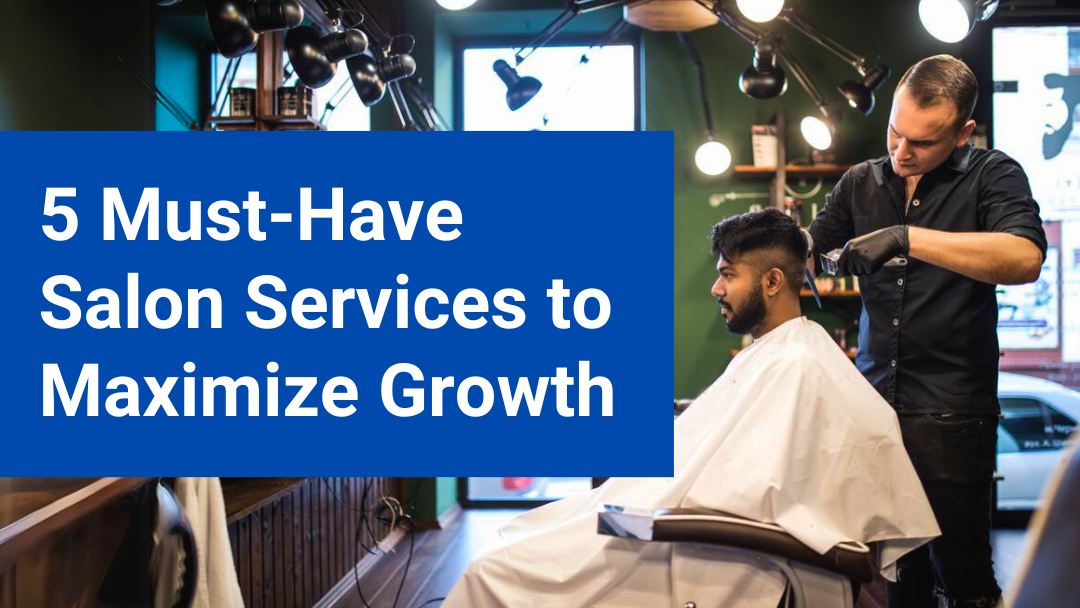Are you planning to set up a salon in 2024? If yes, this article will guide you on services that you should consider, to maximize your profit and grow your business. Read till the last to explore everything.
Here Are The List of Services
1) Body Massage Service
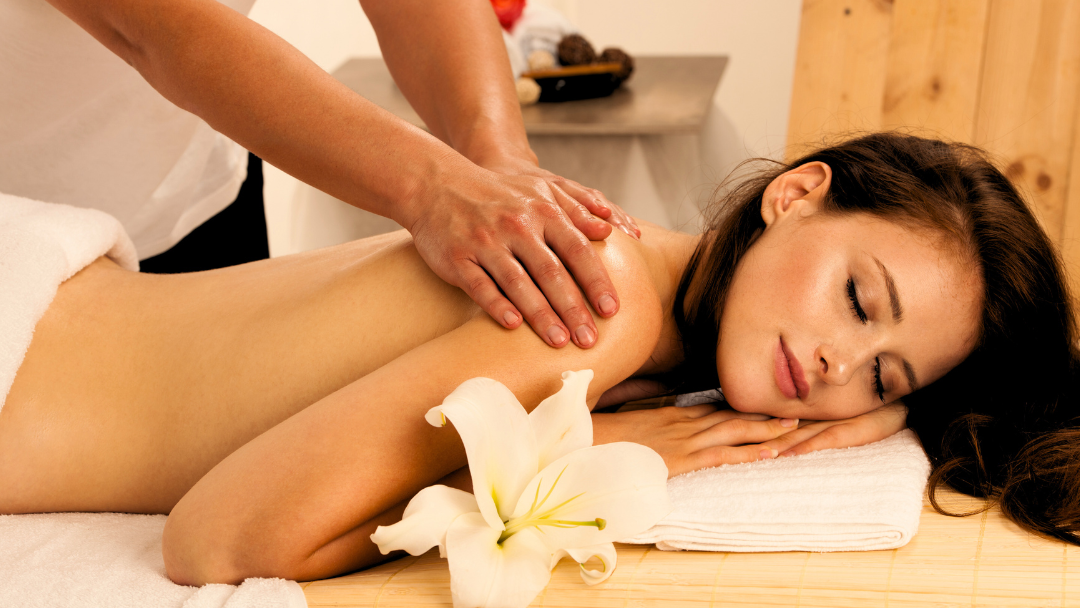
Body massage services offered in salons typically involve the application of various massage techniques to relax muscles, alleviate tension, improve circulation, and promote overall well-being. These services may vary depending on the salon’s offerings and the preferences of the client, but common types of body massage services include:
Swedish Massage: This is a gentle, full-body massage that uses long strokes, kneading, and circular motions to relax muscles and improve circulation.
Deep Tissue Massage: This massage technique is used to relieve chronic tension and tightness in the muscles and connective tissues. It involves firmer pressure and focuses on specific areas of discomfort.
Hot Stone Massage: Smooth, heated stones are placed on the body and used by the massage therapist to apply gentle pressure and heat. This helps to relax muscles and promote a sense of deep relaxation.
Aromatherapy Massage: Essential oils are added to the massage oil or lotion and applied during the massage. Each oil has specific therapeutic properties that can enhance relaxation, reduce stress, or alleviate specific ailments.
Sports Massage: This massage technique is tailored to athletes and individuals with active lifestyles. It focuses on, improving flexibility, preventing and treating injuries, and enhancing athletic performance.
Thai Massage: This traditional Thai technique involves stretching and compression techniques to release tension, improve flexibility, and promote relaxation.
Shiatsu Massage: Originating from Japan, shiatsu massage involves applying pressure to specific points on the body to relieve tension and promote energy flow.
Reflexology: This massage technique focuses on applying pressure to specific points on the hands, feet, and ears that are believed to correspond to organs and systems in the body. It aims to promote relaxation and balance within the body.
Before receiving a massage, clients typically have a consultation with the therapist to discuss their preferences, any areas of tension or discomfort, and any health conditions that may affect the massage treatment. This allows the therapist to customize the massage to suit the client’s needs and ensure a safe and effective experience.
2) Manicure & Pedicure Service
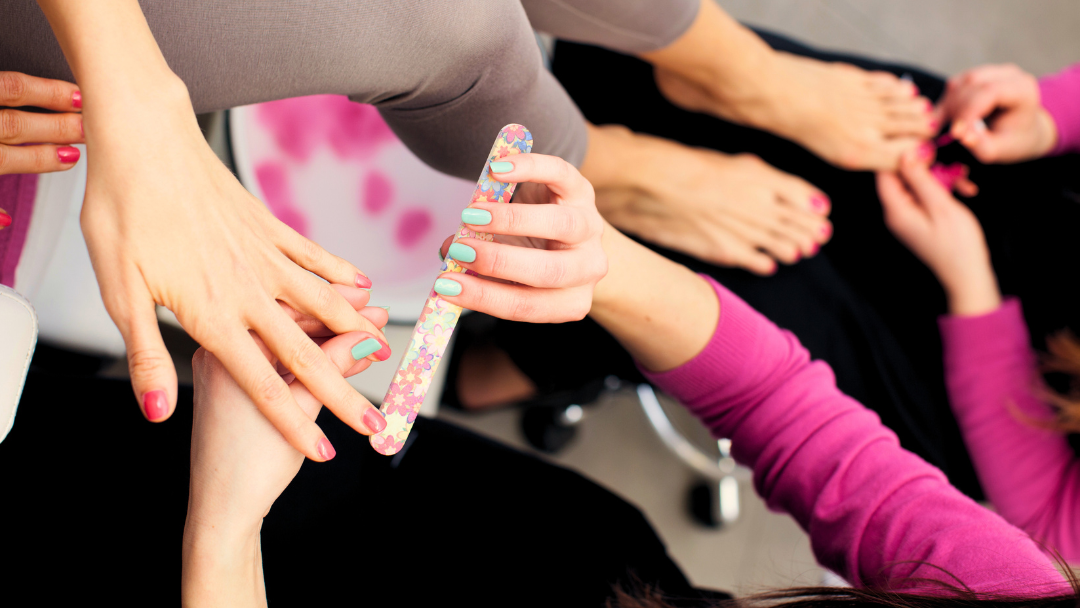
Manicure and pedicure services in a salon are treatments that focus on the care and beautification of the hands and feet. These services are popular among individuals who want to maintain healthy nails, improve the appearance of their hands and feet, or simply relax and indulge in some pampering.
Here’s an overview of what typically happens during manicure and pedicure services:
Manicure:
- Nail Shaping: The nails are filed into the desired shape, such as square, oval, or round.
- Cuticle Care: The cuticles are pushed back and trimmed if necessary to promote healthy nail growth.
- Hand Exfoliation: A gentle scrub or exfoliating treatment is applied to remove dead skin cells and smooth the skin’s surface.
- Moisturizing: A hand massage with lotion or oil helps hydrate the skin and improve circulation.
Pedicure:
- Foot soak: The feet are soaked in warm water to soften the skin and relax the muscles.
- Nail trimming and shaping: Similar to a manicure, the toenails are trimmed and filed to the desired shape.
- Cuticle care: The cuticles are gently pushed back and trimmed to maintain nail health.
- Exfoliation: A foot scrub or exfoliating treatment is used to remove dead skin cells and calluses, leaving the feet smooth and soft.
- Moisturizing: A foot massage with lotion or oil helps moisturize the skin and relieve tension in the feet and legs.
- Nail Polish Application: Clients can choose from a variety of nail polish colors or opt for a clear coat. A base coat, polish, and top coat are applied to ensure a glossy finish and lasting color.
Overall, manicure and pedicure services in a salon provide clients with the opportunity to relax, rejuvenate, and enhance the appearance of their hands and feet. These services can also include additional treatments such as nail strengthening or hydrating masks for an extra pampering experience.
3) Facial Service
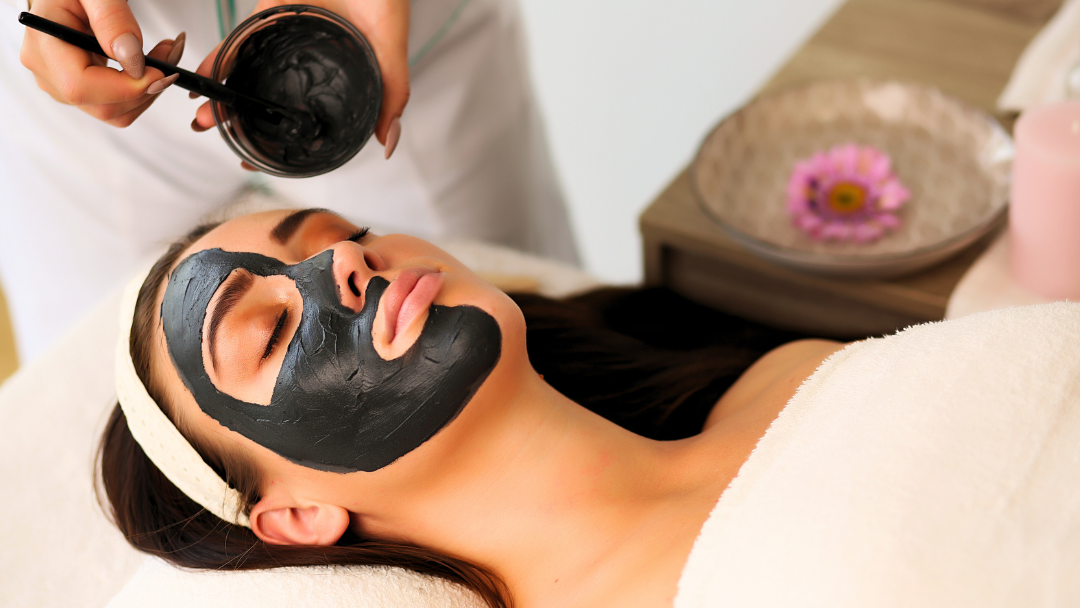
Facial services offered in salons are designed to cleanse, exfoliate, nourish, and rejuvenate the skin on the face. These services typically involve a combination of skincare treatments and techniques tailored to the client’s skin type and concerns. Common facial services offered in salons include:
Cleansing: The first step in a facial involves thoroughly cleansing the skin to remove makeup, dirt, oil, and other impurities. This is usually done using a gentle cleanser suitable for the client’s skin type.
Exfoliation: Exfoliation helps to remove dead skin cells from the surface of the skin, promoting cell turnover and revealing smoother, brighter skin underneath. This may involve the use of chemical exfoliants such as alpha hydroxy acids (AHAs) or mechanical exfoliants like scrubs or microdermabrasion.
Steam: Steam is often used during facials to open up the pores and soften the skin, making it easier to remove impurities and allowing skincare products to penetrate more deeply.
Extraction: For clients with congested pores or acne-prone skin, extraction may be performed to remove blackheads, whiteheads, and other impurities from the skin. This is usually done using gentle pressure or specialized tools to avoid causing damage to the skin.
Facial Massage: Facial massage techniques are used to stimulate circulation, relax facial muscles, and promote lymphatic drainage. This can help reduce puffiness, improve skin tone, and enhance the absorption of skincare products.
Mask: After cleansing and exfoliating the skin, a mask is applied to target specific skin concerns such as hydration, brightening, firming, or clarifying. There are various types of masks available, including clay masks, sheet masks, gel masks, and cream masks.
Moisturizing: To finish the facial, a moisturizer appropriate for the client’s skin type is applied to hydrate and nourish the skin, leaving it feeling soft, smooth, and refreshed.
In addition to these basic steps, many salons offer specialized facial treatments to address specific skin concerns such as acne, aging, hyperpigmentation, sensitivity, or dehydration. These treatments may incorporate additional products, technologies, or techniques to achieve optimal results.
4) Hair Styling Service
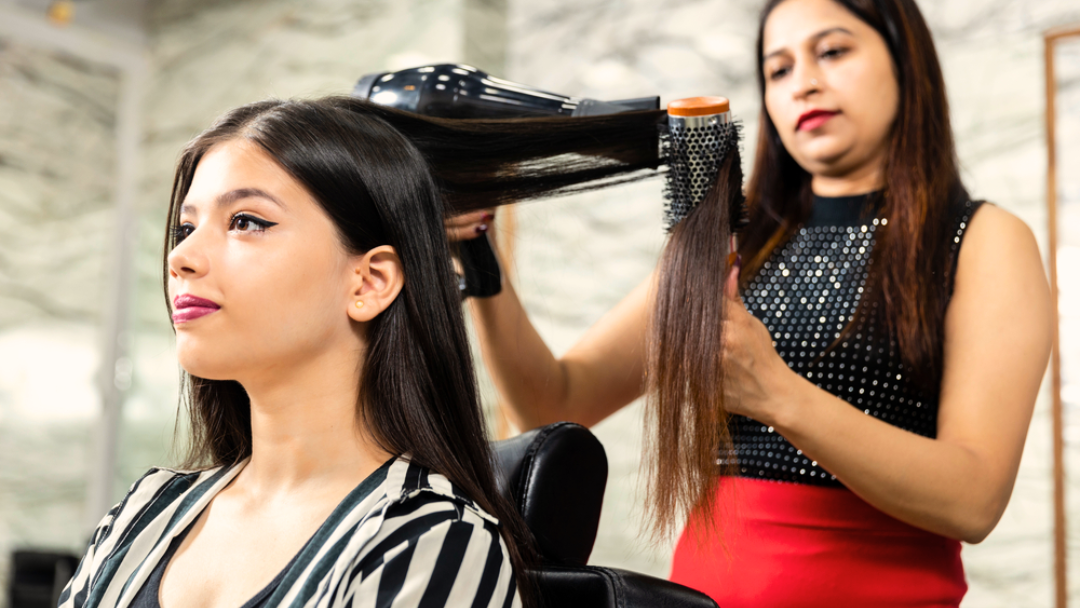
A hair styling service in a salon typically involves a professional hairstylist working with a client to create a desired hairstyle. This service can encompass a wide range of techniques, including cutting, trimming, shaping, and styling hair using various tools and products.
Some common types of hair styling services offered in salons include:
Haircuts: This involves trimming or cutting hair to achieve a specific length or style according to the client’s preferences.
Blowouts: A blowout involves washing and drying the hair to create volume, smoothness, and a polished finish using a blow dryer and various styling brushes.
Hairstyling: Styling services may include curling, straightening, or adding waves to the hair using hot styling tools such as curling irons, flat irons, or hot rollers.
Updos and formal styling: For special occasions like weddings, proms, or other formal events, hairstylists can create intricate updos, braids, or other elaborate styles.
Treatments: Some salons offer treatments such as deep conditioning, hair masks, or scalp treatments to improve the health and appearance of the hair.
Overall, hair styling services in a salon aim to help clients achieve their desired look while also considering factors such as hair texture, face shape, and personal style or preferences.
5) Makeup Service
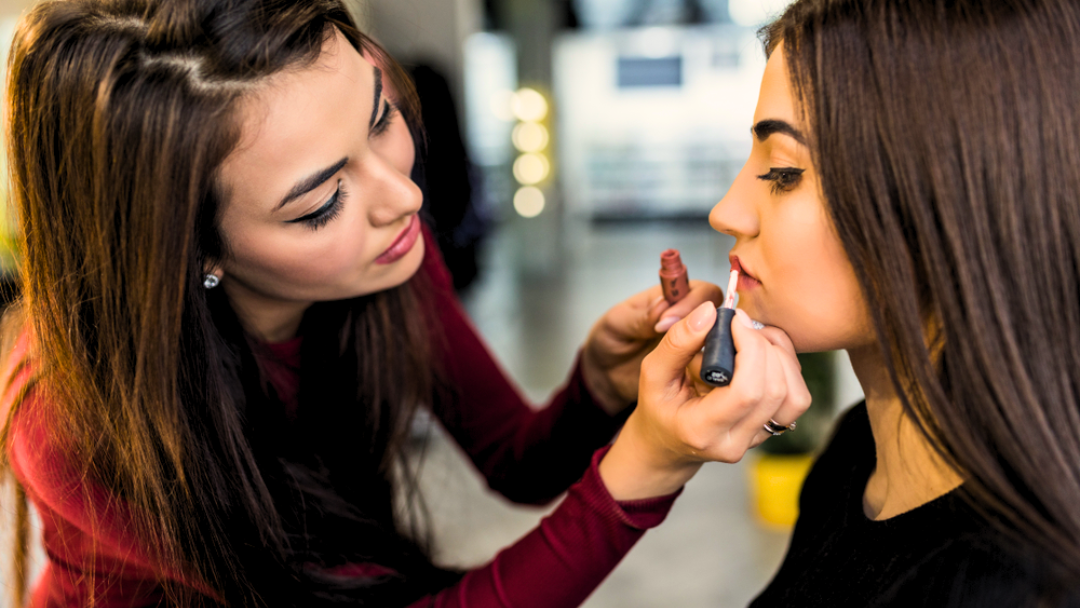
Makeup services in a salon involve professional makeup artists applying makeup to enhance a client’s features or create a desired look. These services are often offered for various occasions, including weddings, special events, photoshoots, or simply for individuals who want to pamper themselves or learn new makeup techniques.
Some of the common types of makeup services offered in salons include:
Bridal Makeup: Bridal makeup services cater to brides-to-be, providing makeup applications for their wedding day. This often involves creating a long-lasting, flawless look that enhances the bride’s natural beauty and complements their wedding attire.
Special Occasion Makeup: Makeup services for special occasions such as events, family gatherings, weddings, or parties. These services can range from natural and subtle looks to more dramatic and glamorous makeup styles, depending on the client’s preferences.
Makeup Lessons: Some salons offer makeup lessons or tutorials where clients can learn makeup application techniques from professional makeup artists. This can include lessons on skincare, color theory, and how to apply makeup for different occasions.
Makeup Consultations: Makeup consultations involve a one-on-one session with a makeup artist to discuss the client’s preferences, concerns, and desired makeup look. The artist can then recommend products and techniques tailored to the client’s needs.
Makeup Trials: Before important events like weddings, clients may opt for makeup trials to test different makeup looks and ensure they’re happy with the final result on the day of the event.
Overall, makeup services in salons are designed to help clients look and feel their best for any occasion, whether it’s a wedding, a night out, or simply to boost their confidence with a fresh makeup look.
SUMMING UP
Salon services are the primary source of revenue for salon businesses. Offering a variety of services such as haircuts, coloring, styling, manicures, pedicures, facials, and massages allows salons to cater to a diverse clientele and generate income from different avenues. By continually investing in the quality and variety of services offered, salons can attract new clients, retain existing ones, and thrive in a competitive market.

